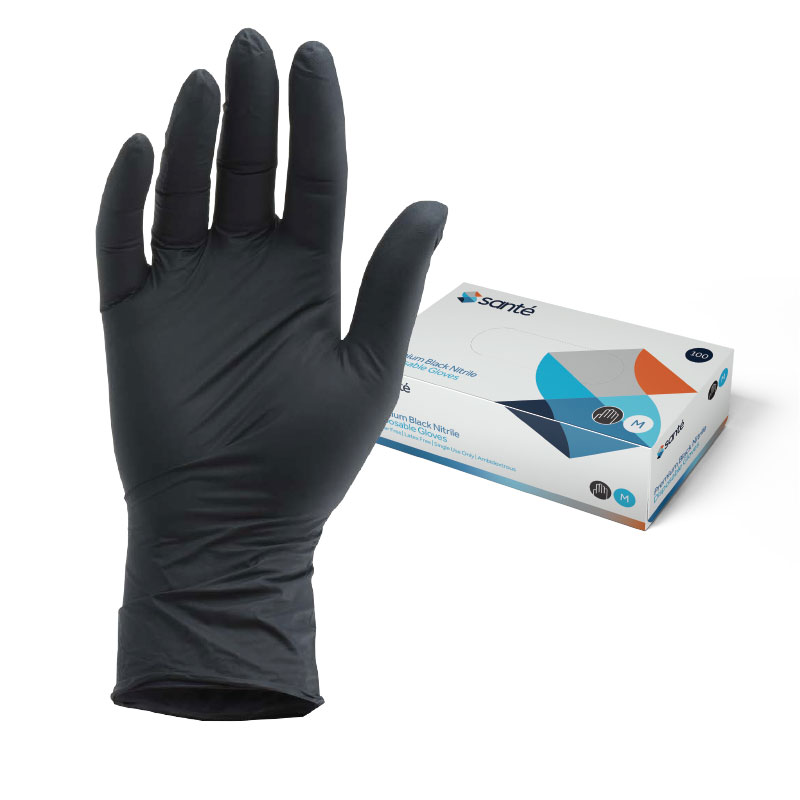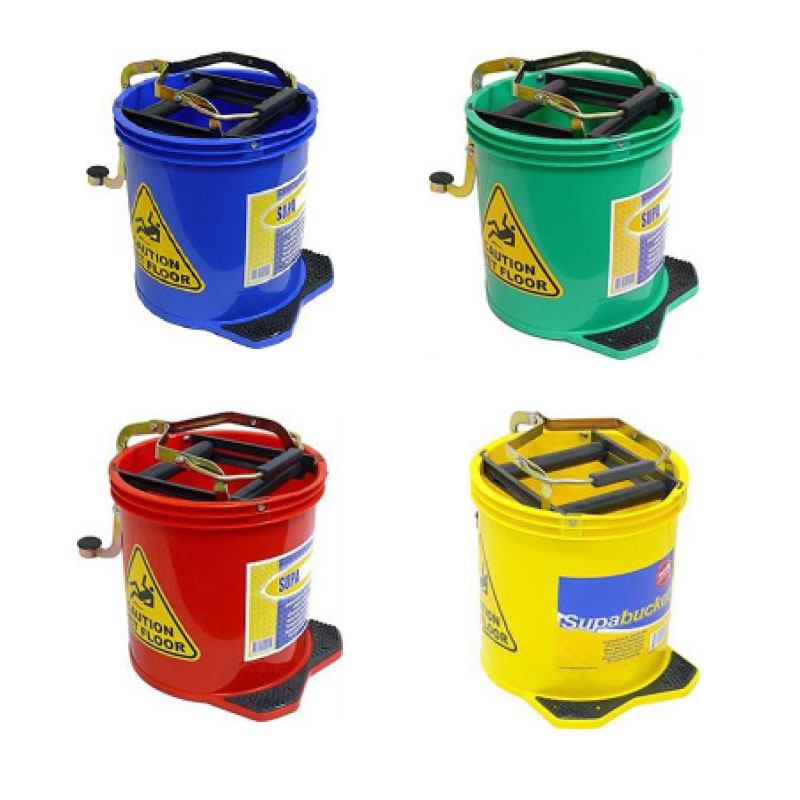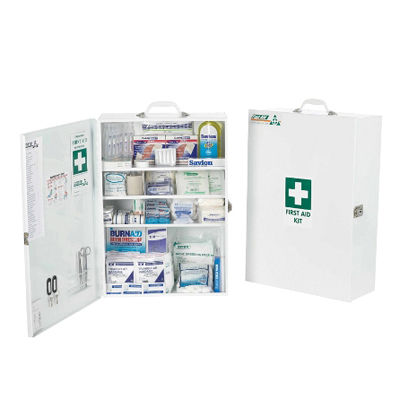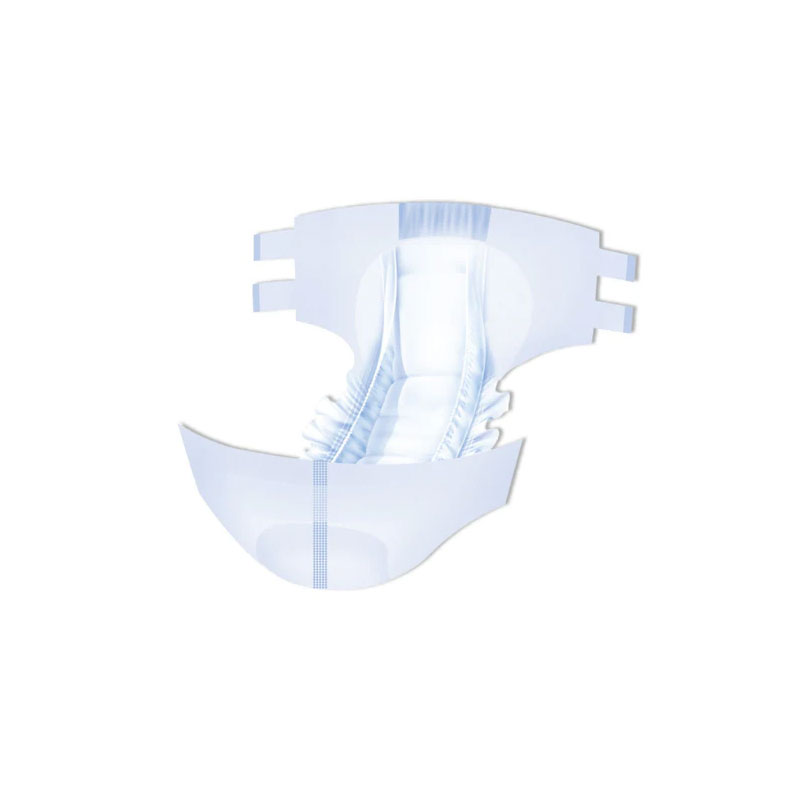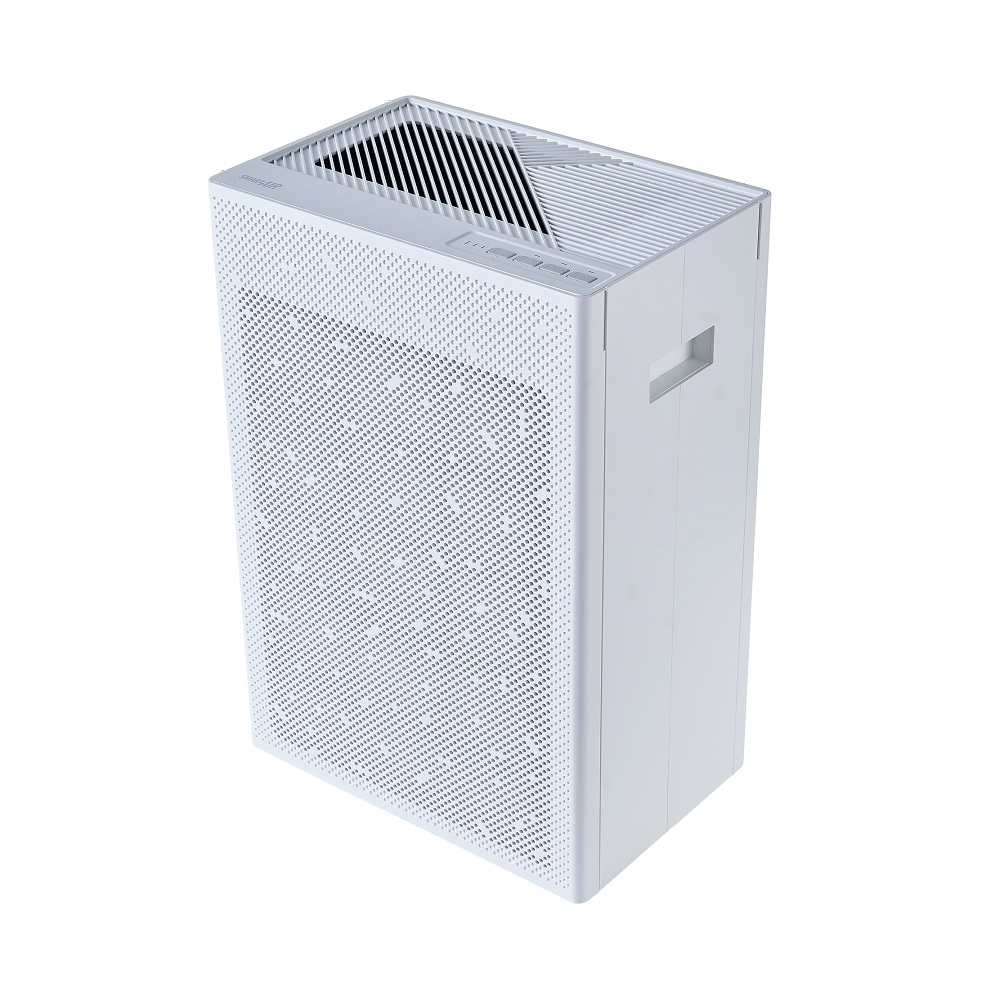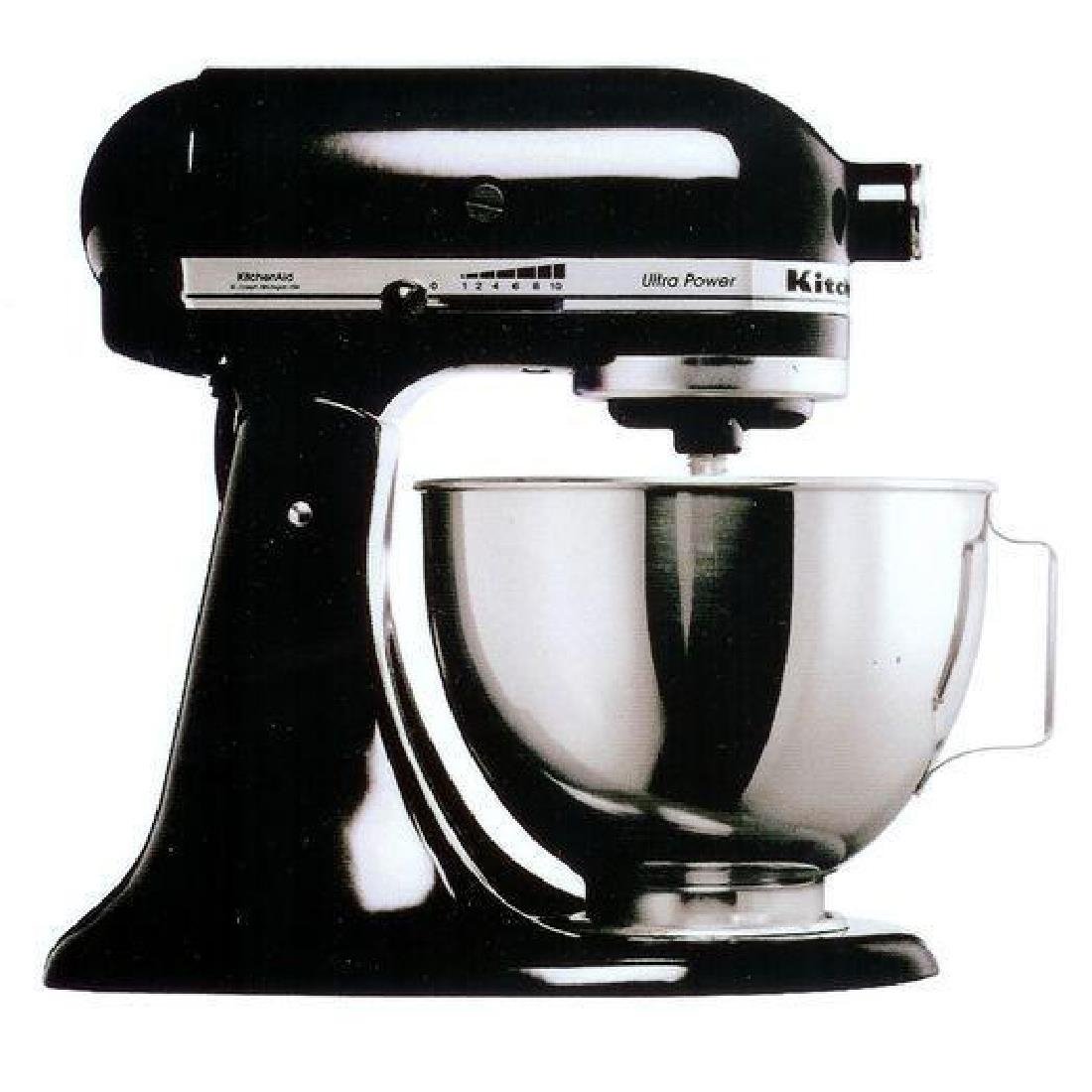UV in Air Purifiers - Are They Necessary For Aged Care?
When it comes to ensuring clean air in aged care homes, the debate often centers around the necessity of UV technology in air purifiers. However, recent insights suggest that UV light might not be as beneficial as once thought, especially when paired with the effectiveness of Smart Air air purifiers equipped with medical-grade HEPA filters.
Are UV Air Purifiers Effective ?

UV light air purifiers are often marketed as effective virus killers, particularly against threats like COVID-19. However, scientific analysis reveals significant limitations to their effectiveness. Despite claims of eliminating 99.9% of viruses, many UV light purifiers fall short of the required UV dose to effectively kill viruses like COVID-19. Even newer, supposedly more powerful models exhibit impractical exposure times. Moreover, UV light purifiers pose additional challenges, such as limited penetration of HEPA filters and potential damage to filtration systems over time. Consequently, while UV light purifiers may offer some efficacy in specific scenarios, their overall effectiveness and safety remain questionable. As an alternative, air purifiers equipped with HEPA filters continue to be a reliable and proven method for capturing viruses and improving indoor air quality.
The Necessity Of Clean Air In Aged Care Homes

In aged care homes, ensuring clean air is not just a preference but a necessity. Elderly residents often have compromised immune systems, making them more susceptible to respiratory illnesses and other health complications stemming from poor air quality. Clean air plays a vital role in safeguarding their health and well-being, reducing the risk of respiratory infections, exacerbation of existing conditions, and overall discomfort. Additionally, maintaining clean air can enhance the quality of life for residents, promoting better sleep, cognitive function, and overall vitality. Given the close living quarters and shared spaces inherent in aged care facilities, addressing indoor air quality becomes paramount in mitigating the spread of airborne contaminants and ensuring a safe and healthy environment for residents and staff alike. Therefore, investing in effective air purification systems and adopting stringent air quality management protocols is crucial to meeting the unique needs of aged care homes and prioritizing the health of their residents.
The Smart Air Blast Mini Air Purifier For Aged Care Homes

The Blast Mini Mk II Air Purifier by Smart Air stands out as a high-powered yet compact solution ideal for large spaces such as schools, hospitals, and offices, effectively cleaning areas of up to 85 square meters. Its impressive features include an H13 Grade HEPA Filter, ensuring exceptional air purification by capturing 99.95% of PM2.5, dust, allergens, and viruses, including COVID-19, thereby lowering transmission risks. With a Clean Air Delivery Rating (CADR) of 585 m3/h, this purifier swiftly and efficiently cleans the air, providing a healthier environment for occupants. Despite its powerful performance, the Blast Mini operates quietly at a noise level of 53dB, ensuring minimal disruption while delivering maximum results. Moreover, its efficacy in addressing allergies, sinus issues, and asthma has garnered recommendations from CleanAir Schools, further underscoring its reliability and effectiveness. Additionally, the optional activated carbon filter assists in reducing odors and dangerous VOC gases, enhancing overall air quality. To optimize its performance, it is recommended to position the Smart Air purifier at least 6 inches (150 mm) away from the wall and ensure suitability for the size of the room it serves, ensuring comprehensive air purification and peace of mind for users.
Need help determining how many air purifiers you need for your space? Try our calculator here
